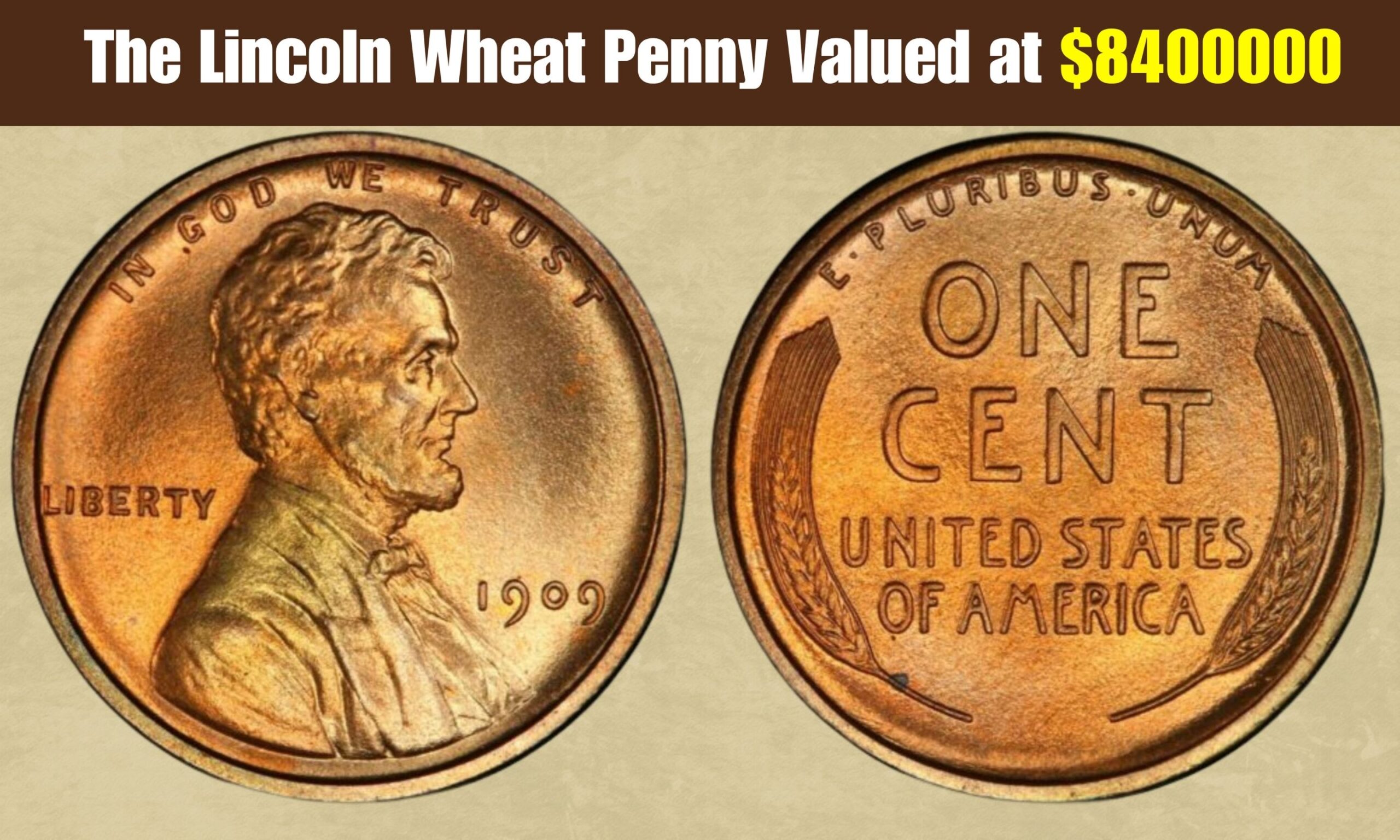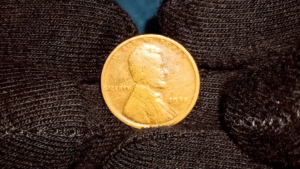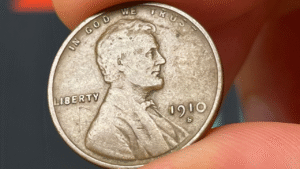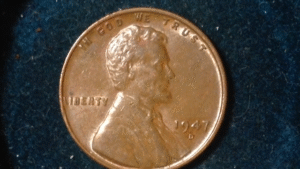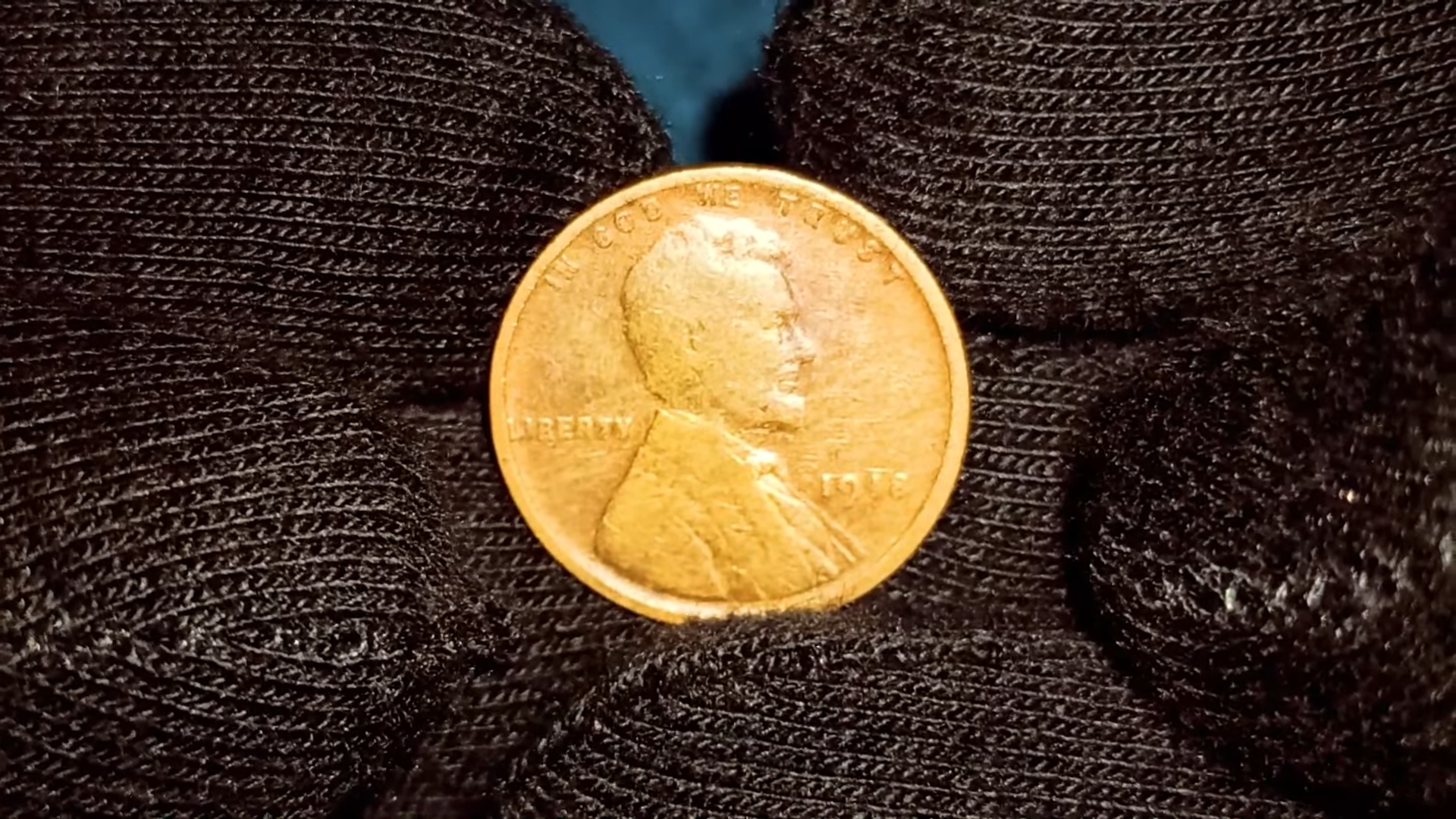Imagine discovering a coin in your pocket that could be worth millions. That’s the thrill behind the legendary Lincoln Wheat Penny — a small, ordinary-looking coin with the potential to change someone’s life. Recently, a rare version of this penny has been valued at a staggering $8.4 million, and the most exciting part? It might still be circulating in everyday transactions.
Let’s explore why this coin is so valuable, how to spot one, and what your own collection might be worth.
What Is the Lincoln Wheat Penny?
The Lincoln Wheat Penny was introduced in 1909 to commemorate Abraham Lincoln’s 100th birthday. It features Lincoln’s portrait on the front and two wheat stalks on the back, earning it the nickname “Wheat Penny.” These coins were minted until 1958, after which the design changed to the Lincoln Memorial.
While most Wheat Pennies are worth just a few cents or dollars, certain rare versions — created due to minting mistakes or unusual materials — have become incredibly valuable to collectors.
The $8.4 Million Penny: What Makes It Special?
The penny grabbing headlines is the 1943 Bronze Lincoln Wheat Penny. During World War II, copper was diverted for military purposes, so pennies were struck from steel coated with zinc that year. However, a few leftover bronze blanks from 1942 were accidentally used, resulting in a handful of 1943 pennies minted in bronze.
One of these rare coins, in pristine condition, has been valued at $8.4 million due to its extreme rarity and historical significance. Only about 10 to 15 examples are known to exist.
Here’s a quick comparison of key features:
| Feature | Common 1943 Penny | Rare 1943 Bronze Penny |
|---|---|---|
| Metal | Steel (silver color) | Bronze (copper color) |
| Magnetic? | Yes | No |
| Estimated Value | 10-50 cents | Up to $8.4 million |
How to Tell If You Have One
Finding one of these rare pennies is unlikely — but not impossible. Here’s how to check:
- Look at the date: It must be 1943.
- Check the color: A bronze penny looks reddish-brown; steel pennies are silver-colored.
- Use a magnet: If it sticks to a magnet, it’s steel. If it doesn’t stick, it might be bronze.
- Consult an expert: If your 1943 penny is bronze-colored and non-magnetic, take it to a certified coin dealer or grading service for authentication.
Other Valuable Wheat Pennies
Even if you don’t have the $8.4 million penny, many Wheat Pennies are still worth more than face value. Here are a few key dates collectors seek:
| Year | Approx. Value (Good Condition) |
|---|---|
| 1909-S VDB | $700 – $1,200 |
| 1914-D | $150 – $400 |
| 1922 (no D) | $400 – $1,000 |
Condition plays a huge role — coins in better shape fetch higher prices.
What About Your Collection?
You mentioned having a 1909 Wheat Penny, a 1947 Canadian penny, a 1958 nickel, a 2000 dollar coin, and a bag of Wheat Pennies totaling about $2. You also have 1972 half dollars and bicentennial 50-cent pieces.
Here’s a quick breakdown of their potential value:
| Coin Type | Estimated Value Each (Average) |
|---|---|
| 1909 Wheat Penny | $1 – $20 (higher if S or VDB) |
| 1947 Canadian Penny | 10¢ – $1 |
| 1958 Jefferson Nickel | 5¢ – $0.25 |
| 2000 Sacagawea Dollar | $1 – $5 (unless rare mint error) |
| 1972 Half Dollar | 50¢ – $3 (uncirculated higher) |
| 1976 Bicentennial Half | 50¢ – $3 (silver version more valuable) |
For the bag of Wheat Pennies, if most are common dates, they’re typically worth 3¢ to 10¢ each depending on condition — but it’s still worth checking for rarer dates like those listed above.
Should You Sell or Keep?
If you’re thinking of selling, I recommend:
- Sorting coins by year and mint mark.
- Looking up key dates and varieties.
- Taking them to a reputable coin dealer or coin show for appraisal.
- Avoiding bulk sales to pawn shops or scrap buyers who may undervalue collectibles.
You might find a hidden gem among them — especially if you inherited coins that haven’t been checked for rare dates.
If you enjoy history or the story behind each coin, it could be rewarding to keep them as a family collection, especially since coin values tend to rise over time.
A penny could indeed be worth a fortune — but even if not, your coins are pieces of history worth exploring and preserving.
FAQs
How rare is the 1943 bronze penny?
Only about 10-15 are confirmed, making it one of the rarest U.S. coins.
How can I safely clean old coins?
In general, don’t clean collectible coins; cleaning can reduce their value. Leave them as-is for professional appraisal.
Can coin shops authenticate coins?
Yes, many coin dealers offer authentication services, or you can submit coins to grading companies like PCGS or NGC.
Are bicentennial half dollars silver?
Some are — if yours have an “S” mint mark and came from proof sets, they may contain 40% silver. Regular circulation coins are copper-nickel.
Should I keep Wheat Pennies?
If they’re common dates, they’re more sentimental or historical; if rare dates, it’s worth holding or getting an appraisal.

